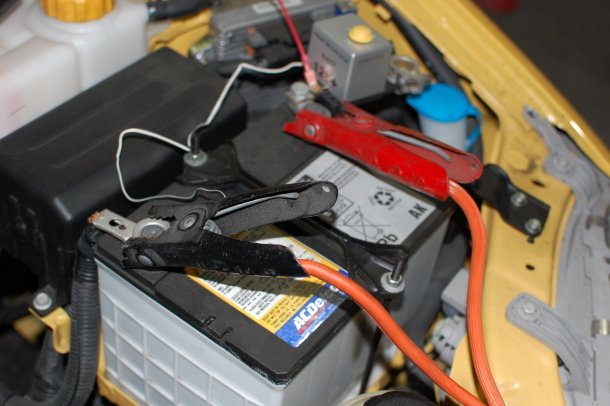Using a test light is an old school method that is not something that should be used on today's vehicles.
All current day vehicles have some degree of intentional drain and the test light is not sensitive enough to determine what is acceptable and what is not.
This is the proper way to measure the draw.
You will need a digital ammeter and a jumper wire with clips on the ends to do this.
First rig any door switches so you can have a door open without triggering the interior lights and unplug the hood light. Remove one battery cable and attach the meter in series between the battery cable and battery post. Take the jumper wire and also attach it the same way. Leave the jumper wire on for at least thirty to forty minutes to expire all the automatic timers. Now remove the jumper wire and read the meter. Anything over 50 ma is too much draw. The way you locate this is to start removing fuses one at a time until the meter drops to normal level. This will be the circuit with something staying on. Determine what components are part of that circuit and check them individually until the problem is isolated.
Friday, January 20th, 2017 AT 4:43 PM



